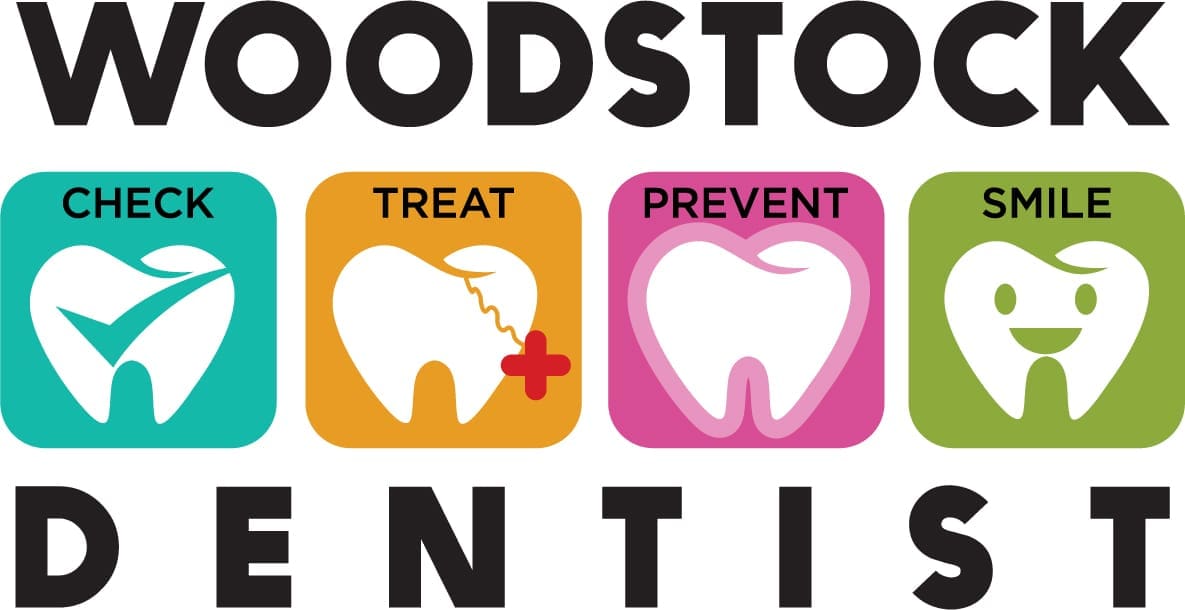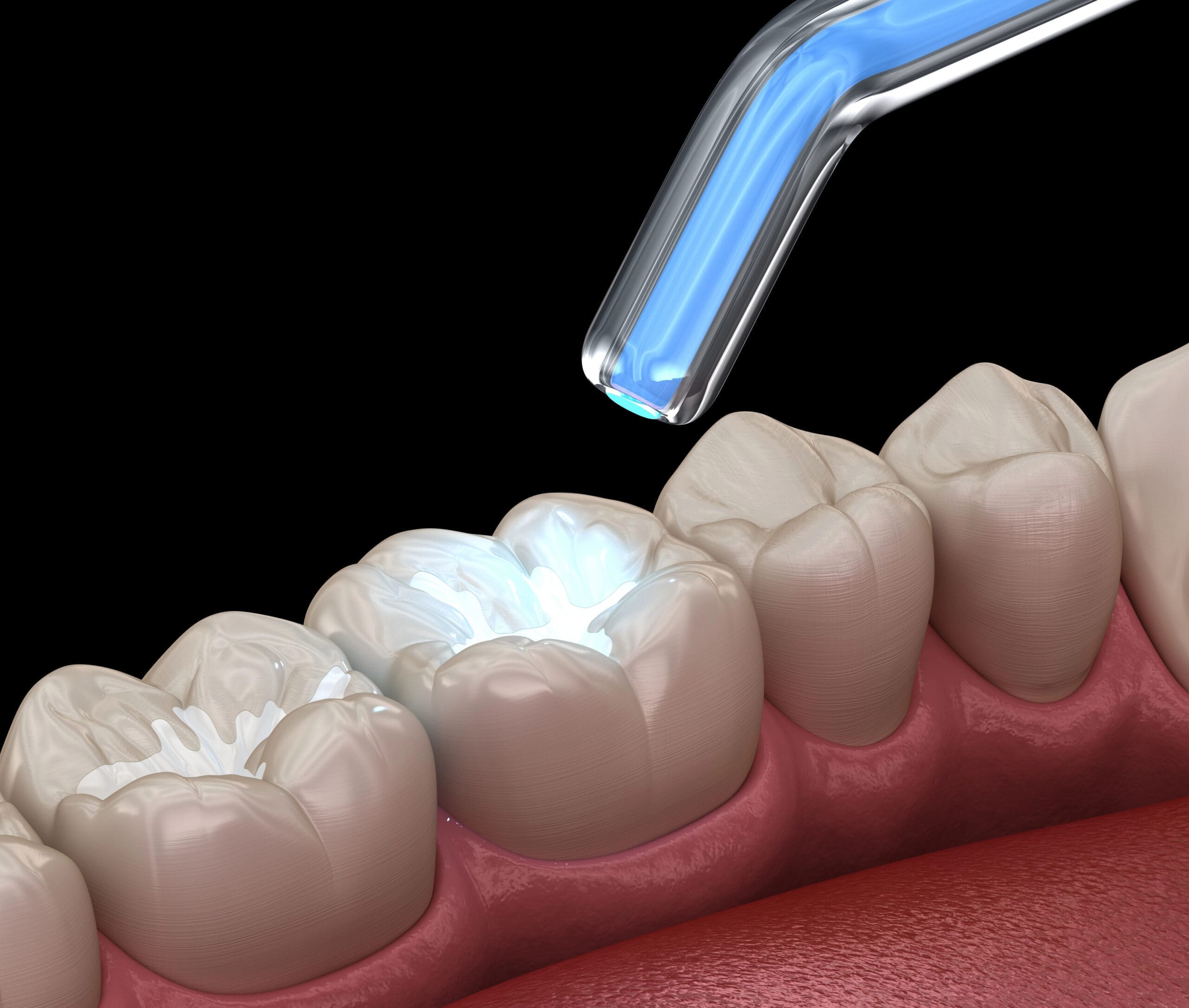Are dental sealants for cavity prevention the key to guarding your smile from decay? Dental sealants act as a protective barrier on the teeth, helping to prevent cavities by blocking out food particles and bacteria. This simple procedure can be an effective measure in maintaining oral health and reducing the risk of tooth decay.
Dental sealants for cavity prevention
Dental sealants for cavity prevention are a protective measure used to shield teeth from decay. These thin, plastic coatings are applied to the chewing surfaces of the back teeth, where most cavities occur. By creating a barrier against food particles and bacteria, dental sealants help maintain oral health and reduce the risk of cavities. They are particularly beneficial for children and teenagers, whose developing teeth are more susceptible to decay.
Understanding dental sealants involves recognizing their role in oral hygiene. They are a proactive approach to maintaining a healthy smile by preventing cavities before they start. For those interested in exploring alternative options, you can learn more about Dental Sealants Without Fluoride: A Natural Approach to Prevention.
How Sealants Protect Teeth
Dental sealants for cavity prevention act as a protective barrier for teeth, effectively shielding them from harmful bacteria and acids that can lead to decay. These thin coatings are applied to the chewing surfaces of the back teeth, where grooves and pits are most susceptible to plaque accumulation. By sealing these vulnerable areas, dental sealants prevent food particles and bacteria from settling in, significantly reducing the risk of cavities.
The application of dental sealants is a straightforward process that provides long-lasting protection for teeth. Once applied, the sealant hardens and forms a strong shield over the enamel, making it more resistant to decay. This preventive measure is particularly beneficial for children and teenagers, whose developing teeth are more prone to cavities. For more information on how dental sealants can benefit your child’s oral health, visit our page on Woodstock Kids Dental Sealants.
Ideal Candidates for Sealants
Dental sealants for cavity prevention are particularly beneficial for individuals who are more susceptible to tooth decay. Children and teenagers are often ideal candidates, as their newly erupted permanent teeth can greatly benefit from the added protection against cavities. However, adults who do not have decay or fillings in their molars can also be considered suitable candidates for dental sealants. By providing a protective barrier, dental sealants for cavity prevention help maintain oral health by shielding the teeth from harmful bacteria and acids that contribute to decay.
Sealant Application Process
The sealant application process is a straightforward and painless procedure that plays a crucial role in dental sealants for cavity prevention. It begins with a thorough cleaning of the teeth to ensure that the surface is free from any debris or plaque. Once cleaned, the teeth are dried, and an acidic solution is applied to roughen the surface, allowing the sealant to adhere effectively. After rinsing and drying the teeth again, the dental sealant is carefully painted onto the enamel, where it bonds and hardens, forming a protective shield against decay. This process is quick and can be completed in a single dental visit, making it an efficient way to safeguard your smile. For those seeking more information on dental care, visiting a Woodstock Dentist can provide further insights into maintaining oral health.
Longevity of Dental Sealants
Dental sealants are a highly effective preventive measure in oral health, designed to protect teeth from decay for an extended period. Typically, these sealants can last several years, providing a durable barrier against food particles and bacteria that contribute to cavities. The longevity of dental sealants can vary based on factors such as oral hygiene practices and the natural wear and tear from chewing. Regular dental check-ups can help monitor the condition of the sealants, ensuring they continue to offer optimal protection for your teeth over time.
Comparing Sealants and Fillings
When considering dental sealants for cavity prevention, it’s important to understand the difference between sealants and fillings. Dental sealants act as a protective barrier, applied to the chewing surfaces of the back teeth to prevent decay before it starts. In contrast, fillings are used to restore a tooth after decay has occurred. While both serve to protect and maintain oral health, sealants are a proactive measure, whereas fillings are a reactive solution to existing cavities. Understanding these differences can help in recognizing the role each plays in maintaining a healthy smile.
Sealants for Children and Adults
Dental sealants for cavity prevention are a versatile solution suitable for both children and adults, providing an effective barrier against tooth decay. These thin, protective coatings are applied to the chewing surfaces of the back teeth, where cavities are most likely to develop. By sealing the grooves and pits, dental sealants help prevent food particles and bacteria from settling in, reducing the risk of cavities. This preventive measure is beneficial for individuals of all ages, offering a simple yet powerful way to maintain oral health and protect smiles from decay.
Common Myths About Sealants
There are several misconceptions surrounding dental sealants for cavity prevention that can lead to confusion. One common myth is that sealants are only for children, when in fact, they can benefit adults as well. Another misconception is that sealants are unnecessary if you maintain good oral hygiene, but they actually provide an additional layer of protection against decay. Some people believe that sealants are visible and unattractive, yet they are typically clear or tooth-colored, making them discreet. Lastly, there’s a belief that sealants can replace regular dental check-ups, but they are meant to complement, not replace, routine dental care. Understanding these myths can help in appreciating the role of dental sealants in maintaining oral health.
Future of Dental Sealant Technology
The future of dental sealant technology is poised to revolutionize the way we approach dental sealants for cavity prevention. As research and innovation continue to advance, new materials and application techniques are being developed to enhance the effectiveness and longevity of dental sealants. These advancements aim to provide even better protection against tooth decay, ensuring that dental sealants remain a vital tool in maintaining oral health. With ongoing studies and technological breakthroughs, the potential for more efficient and durable sealants is on the horizon, promising a brighter future for cavity prevention strategies.
Conclusion
Protect your teeth with dental sealants for cavity prevention and ensure a healthy smile. Call us at 678-483-5999 or read our reviews on Google Maps.






